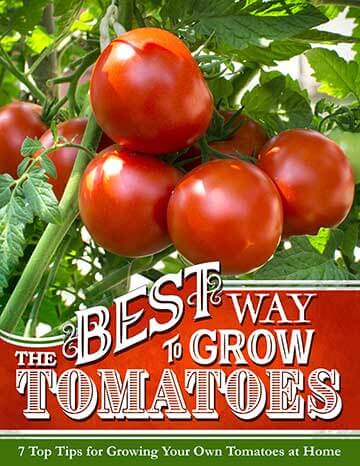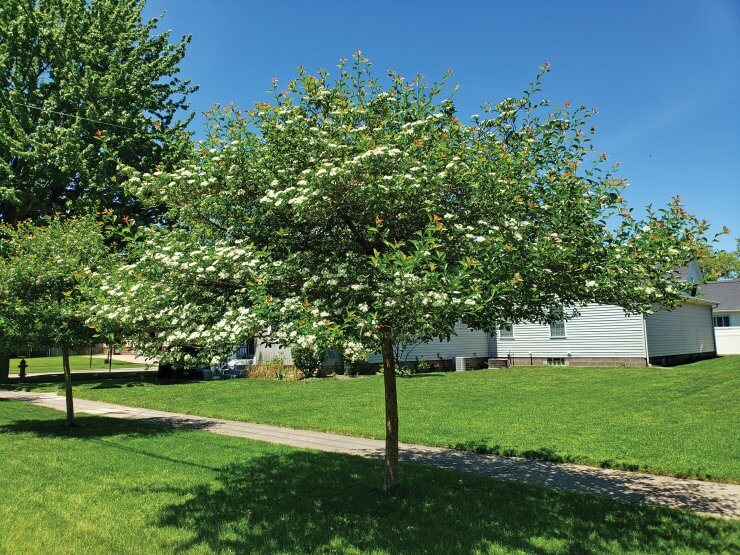
Crataegus Crusader
Widely planted as a street tree, in the parking lots, and in home landscapes, they’re impossible to miss: oval-canopied trees with a mantle of white flowers so thick that it almost resembles snow.
Properly known as a Callery pear – derived from its scientific name, Pyrus calleryana – it’s commonly known as “Bradford pear,” due to the popularity of the cultivar ‘Bradford’, introduced by the USDA in 1962. Its aesthetic appeal made it an instant success in spite of its notable liabilities. The flowers have a smell that can be charitably described as malodorous and their branches occur in tight bunches at extreme angles so they readily break due to wind, snow, ice, and even maturity, obliterating up to half the tree at one go.
The popularity – and shortcomings – of ‘Bradford’ encouraged the introduction of additional cultivars, which caused an unforeseen liability to develop: invasiveness. The new cultivars cross-pollinated with ‘Bradford’ and then with one another, allowing small, corky, rounded pears to develop. Though they aren’t remotely edible to humans, they are relished by birds, which led to the tree spreading into natural areas. In the wild (especially in warmer climates), they form dense communities that out-compete native vegetation and can even make areas entirely impassible.
The good news is there are many other ornamental tree options that offer benefits that Bradford pears do not. And they have none of the baggage. Whether you are looking to plant a new tree or replace a Bradford pear, these five options will look great in your yard – and let you sleep well at night.

Amelanchier canadensis ‘Sprizam’
How Spring Glory® serviceberry is similar to Callery pear:
- Small but abundant white flowers in early-mid spring (flowers have no scent)
- Attractive pyramidal/oval habit, more loose and natural than the pear
- Stunning fall color
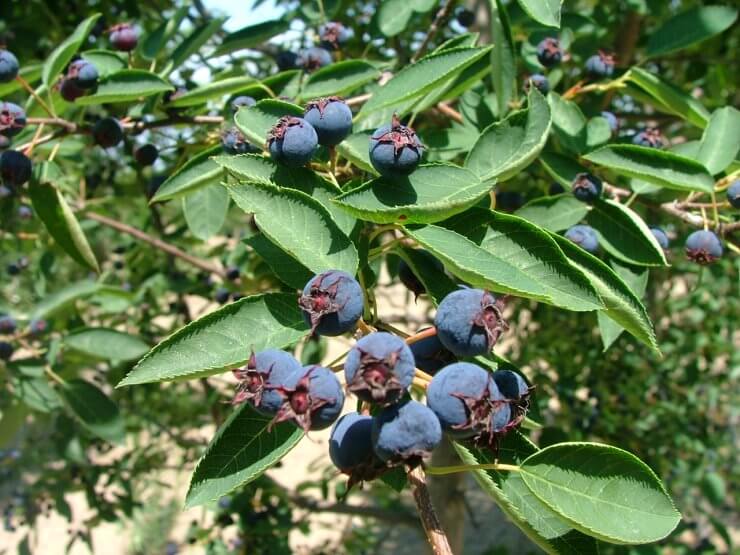
Amelanchier Spring Glory fruit
How Spring Glory serviceberry is better than Callery pear:
- Native to North America; non-invasive
- Edible fruits in June are delicious to humans as well as to birds and other wildlife
- Landscape-friendly size and habit: 12’ tall x 6-8’ wide
- Tolerates light shade (as few as four hours of sun/day)
- Hardier than, and equally heat tolerant as the pear
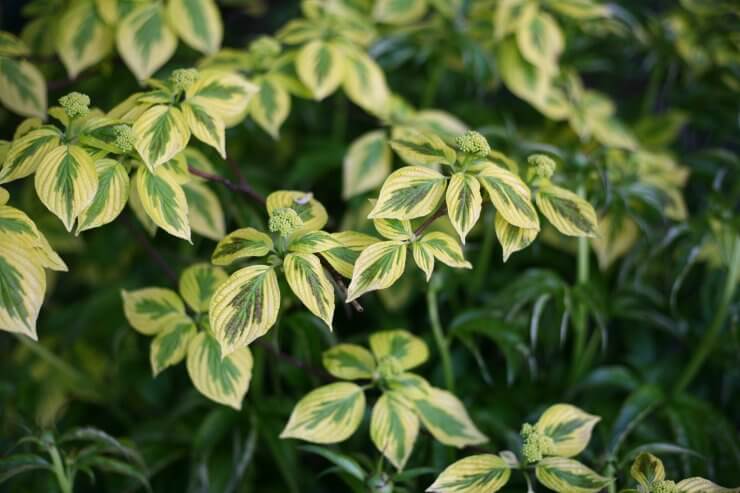
Cornus alternifolia ‘Wstackman’
How Golden Shadows dogwood is similar to Callery pear:
- White flower clusters in mid-late spring
- Striking, dramatic habit and shape
How Golden Shadows dogwood is better than Callery pear:
- Species native to North America; non-invasive
- Unique yellow and green variegated foliage
- Smaller habit as 10-12’ tall/wide
- Hardier than the pear, and nearly as heat tolerant (USDA zone 3-8)

Crataegus crus-galli var. inermis ‘Cruzam’
How Crusader hawthorn is similar to Callery pear:
- Covered in white flower clusters in late spring
- Extremely glossy foliage
- Tidy habit, with an upright rounded canopy hovering above a straight trunk
- Extremely durable and tolerant of harsh urban conditions
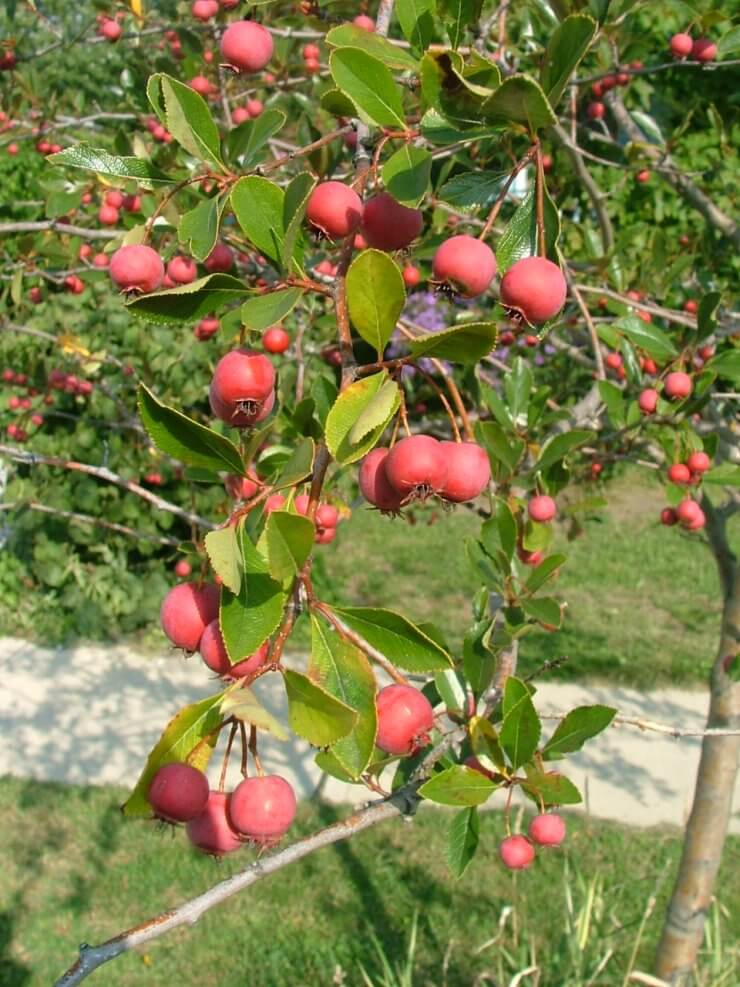
Crataegus Crusader fruit
How Crusader hawthorn is better than Callery pear:
- Native to North America; non-invasive
- Ornamental red fruits in summer and fall
- Hardy to USDA zone 3 (though not quite as heat tolerant as the pear)
- 15’ tall/wide habit is useful in residential, commercial, and urban plantings
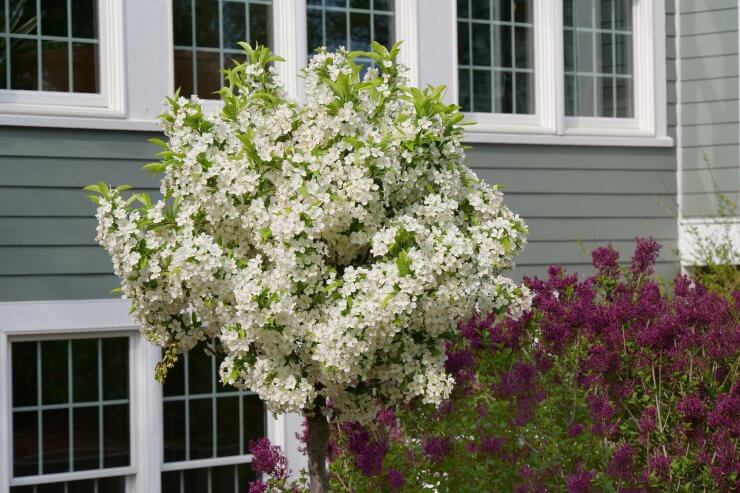
Malus ‘Lollizam’
How Lollipop crabapple is similar to Callery pear:
- Covered in white flowers in mid-late spring
- Distinctive, tidy habit is like a lollipop on a smooth, straight trunk
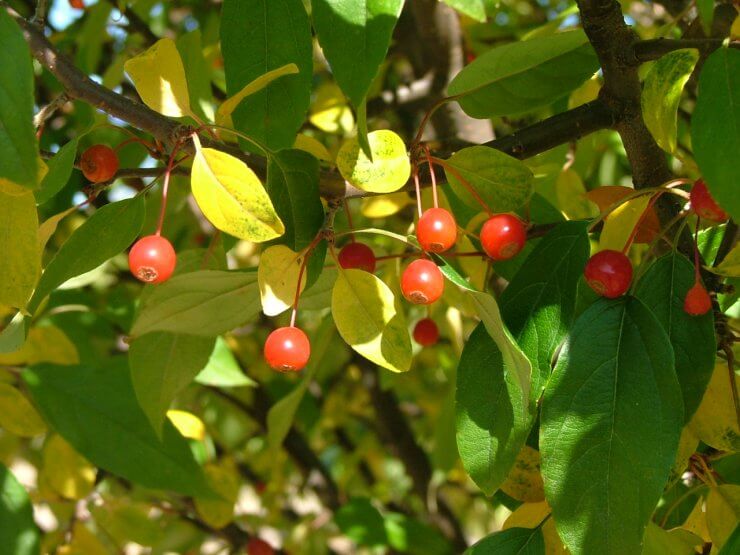
How Lollipop crabapple is better than Callery pear:
- Flowers are delightfully fragrant
- Attractive red fruits
- More compact (8’ tall/wide vs. 20’ tall/wide)
- Non-invasive

Malus ‘Swesutyzam’
How Sweet Sugar Tyme crabapple is similar to Callery pear:
- Covered in white flowers in mid-late spring
- Distinctive pyramidal/oval habit looks striking and neat
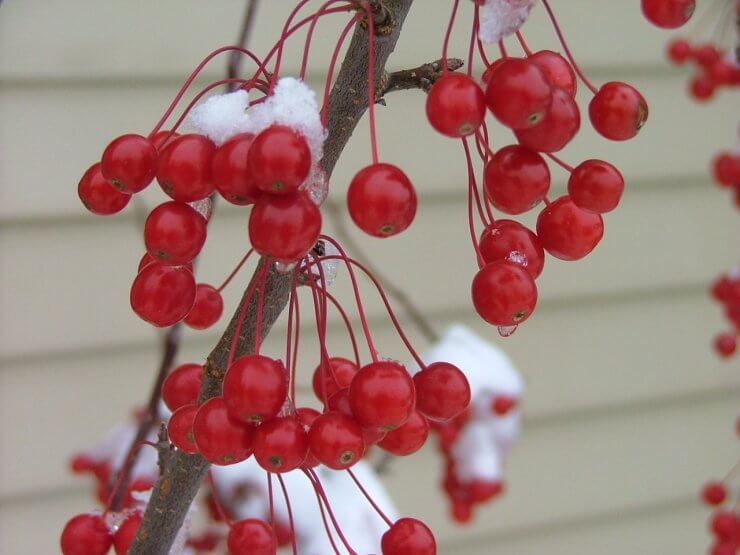
Malus Sweet Sugar Tyme winter fruit
How Sweet Sugar Tyme crabapple is better than Callery pear:
- Flowers are delightfully fragrant
- Bright red fruits persist through winter for extra color
- Smaller (10’ tall/wide vs. 20’ tall/wide)
- Non-invasive
Ask for these Proven Winners ColorChoice Trees at your favorite local garden center. If you don’t have one yet, these retailers provide Proven Winners plants throughout North America.
Discover 7 top tips for growing, harvesting, and enjoying tomatoes from your home garden—when you access the FREE guide The Best Way to Grow Tomatoes, right now!


